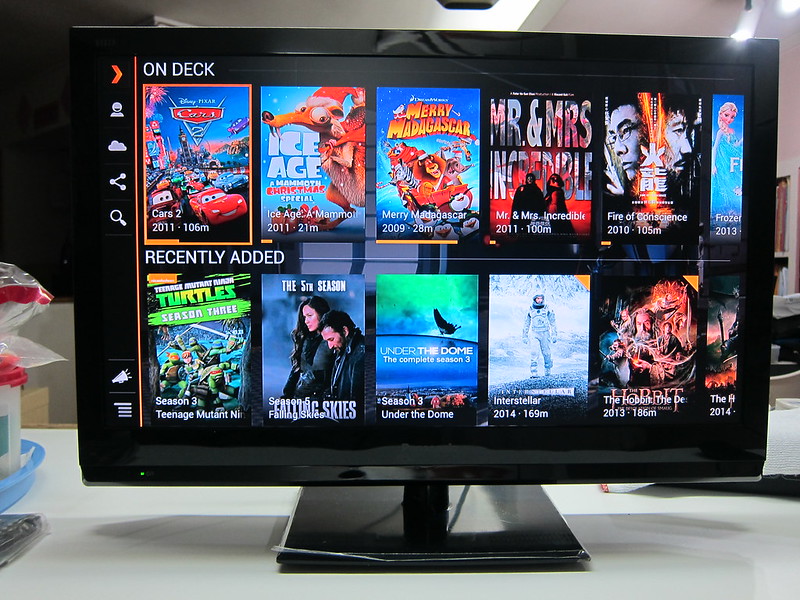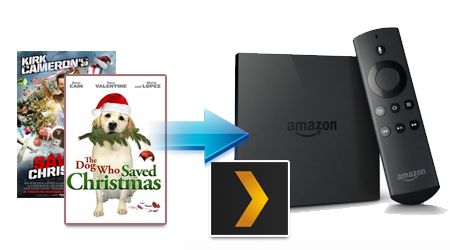

Amazon doesn’t help at all with ad skipping either. Amazon never fixed the image pixelation I mentioned in my original review-it’s still present even on the Fire TV Stick 4K Max-lending a harsh gradient to still images. Still, the issues that previously made the Recast imperfect have continued to fester over the past few years. The Recast’s series recording options can help make the most of storage space. It’s been a while since I dusted off the Fire TV Recast review unit that Amazon sent me in late 2018, so I was curious to see how the experience held up. If you prefer other streaming TV platforms-such as Roku, Chromecast, or Apple TV-the Recast is a non-starter. But it also has one major downside: You can only stream video onto Fire TV devices, iOS devices, and Android mobile devices. Unlike Tablo, Channels DVR, and Plex DVR, the Recast has no subscription fees. Both models support external USB hard drives, so you can add more recording space over time.

Amazon also sells a model with 1TB of storage that can tune into four channels at once, although that one isn’t currently selling at a discount.

The base model on sale through BuyDig this week has 500GB of storage-good for recording roughly 75 hours of video-and it can play or record up to two live channels at once. (You do need to supply your own antenna.) Jared Newman / IDGĪ rough sketch of how the Fire TV Recast works. That way, a single antenna and DVR box can feed multiple televisions throughout the house. Instead, you set up the Recast in an area with strong antenna reception, and it uses your Wi-Fi network to stream the video to other Fire TV devices, such as the new Fire TV Stick 4K Max.


 0 kommentar(er)
0 kommentar(er)
